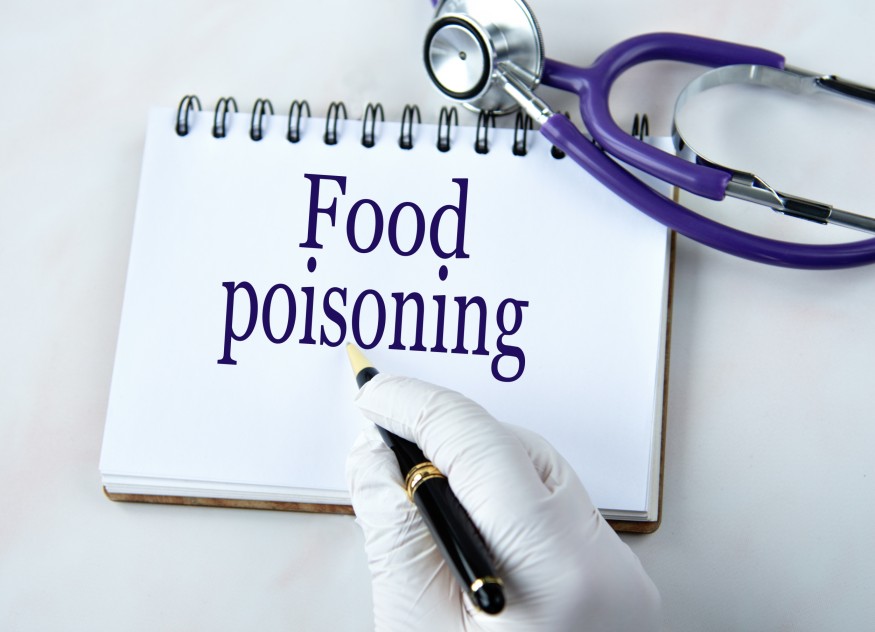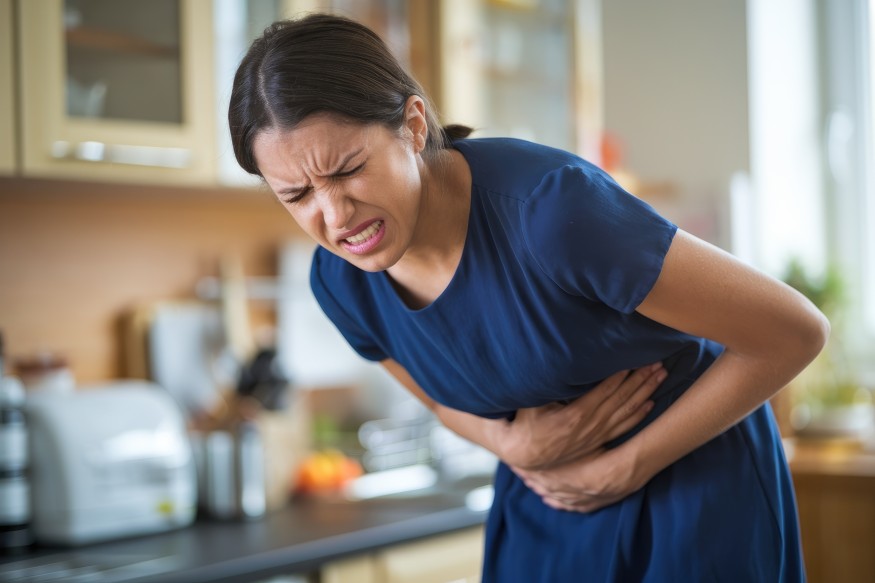
Food poisoning happens when you consume something contaminated with harmful bacteria, viruses, parasites, or toxins. Symptoms can appear quickly or take days to develop, ranging from mild stomach upset to severe dehydration and even hospitalization in rare cases. The type of germ, how much you consumed, and your overall health all affect how soon and how badly you feel sick.
In this article, you'll learn to recognize the warning signs, take the proper steps to recover, and learn how to prevent food poisoning in the future.
The Food Poisoning Timeline
Food poisoning doesn't hit all at once. It follows a predictable pattern from exposure to recovery. How quickly you feel sick (and how bad it gets) depends on the type of germ, how much you ate, and your immune system. Here's what happens at each stage:
Stage 1: Exposure (0–6 Hours After Eating)
The trouble starts when you consume contaminated food or water. Harmful bacteria like Staphylococcus or toxins from Bacillus cereus can trigger symptoms in as little as 30 minutes, while others take longer to multiply in your gut.
When multiple people get sick from the same food source, report food poisoning by contacting health authorities to prevent further cases. A food poisoning lawyer can help victims by identifying the cause, investigates, gathers evidence, negotiates with insurers, and ensures fair compensation for your illness-related losses.
Stage 2: Incubation Period (6 Hours–Several Days)
Not all germs act immediately. Some, like Salmonella or E. coli, need time to grow before causing symptoms, anywhere from 6 hours to several days. During this phase, the bacteria or virus spreads in your digestive system, even though you don't feel sick yet.
Stage 3: Onset of Symptoms (Hours–Days Later)
This is when the real misery begins. Common signs include nausea and vomiting, watery or bloody diarrhea, stomach cramps, and fever and chills. If symptoms are severe (like high fever or signs of dehydration), seek medical help.
Stage 4: Peak Misery (1–3 Days)
This is when your body fights back hard, and you'll feel everything—constant vomiting and diarrhea (sometimes at the same time), along with stomach cramps so painful you'll just want to curl up and stay still.
You might also get hit with a high fever that has you sweating one minute and shivering the next, all while feeling completely exhausted because your body is using every bit of energy to fight off the infection. Stay as close to the bathroom as possible and keep drinking fluids with electrolytes (like sports drinks) to stay hydrated.
While most cases resolve on their own, certain red flags demand medical attention: vomiting so persistent you can't keep liquids down for a full day, a fever spiking above 101.5°F (38.6°C), signs of dehydration like dizziness or dark urine, or symptoms dragging on beyond 72 hours.
Stage 5: The Slow Climb Back to Normal (Days to Weeks)
As the storm finally passes, you'll notice small but welcome improvements like fewer urgent trips to the bathroom. You'll also observe the return of actual hunger (stick to bland foods like toast or bananas at first), and a gradual resurgence of energy.
But don't be fooled into thinking you're fully in the clear. Your digestive system remains in a fragile state, potentially triggering temporary lactose intolerance or lingering sensitivity to certain foods.

How to Avoid Food Poisoning Next Time
Protecting yourself starts with understanding some basic but crucial habits that can keep those nasty pathogens off your plate.
1. Kitchen Defense 101
Wash your hands with antibacterial soap for a minimum of 20 seconds before food handling. Keep raw meats completely separate from fresh produce to avoid cross-contamination.
Use different cutting boards for each. Instead of washing raw chicken (does more harm than good by splashing bacteria around your sink), pat it dry with paper towels.
2. The Temperature Game
Invest in a reliable food thermometer and memorize these key numbers: poultry needs to reach 165°F (74°C), ground meats should hit 160°F (71°C), and whole cuts of pork or beef are safe at 145°F (63°C). Leftovers should be refrigerated within two hours (or one hour if the room temperature is high) to prevent bacterial growth.
3. Risky Foods to Watch
Some foods harbor more dangerous pathogens. Raw oysters, for example, can carry Vibrio bacteria, while unpasteurized dairy and juices may contain harmful microbes.
Processed meats like bologna have also been linked to contamination risks. Recent recalls occurred after undisclosed meats were found in mislabeled products, posing potential allergen or pathogen exposure.
Pre-cut fruits and vegetables, though convenient, have a higher contamination risk due to additional handling. Buffet food left out for extended periods is another common culprit.
4. When Eating Out
Before choosing a restaurant, check its health inspection scores online. Pay attention to the cleanliness of the dining area and restrooms, as they often reflect the overall hygiene standards of the kitchen.
Don't hesitate to send back undercooked meat or seafood. If something tastes or smells off, trust your instincts and avoid it.
5. Travel Smart
To avoid a grumpy gut while traveling, follow the golden rule: "Boil it, cook it, peel it, or forget it." Avoid ice cubes, which may be made from unsafe water, and be cautious with street food unless you can see it being prepared fresh. Salads and raw vegetables might seem healthy, but can be risky if washed in contaminated water.
Bottom Line
Food poisoning can be unpleasant and life-threatening. Most cases resolve on their own, but severe symptoms require medical attention. Prevention is your best defense through proper food handling and cooking foods to safe temperatures. If you do fall victim to contaminated food, report your illness so health authorities can track outbreaks and protect others.









